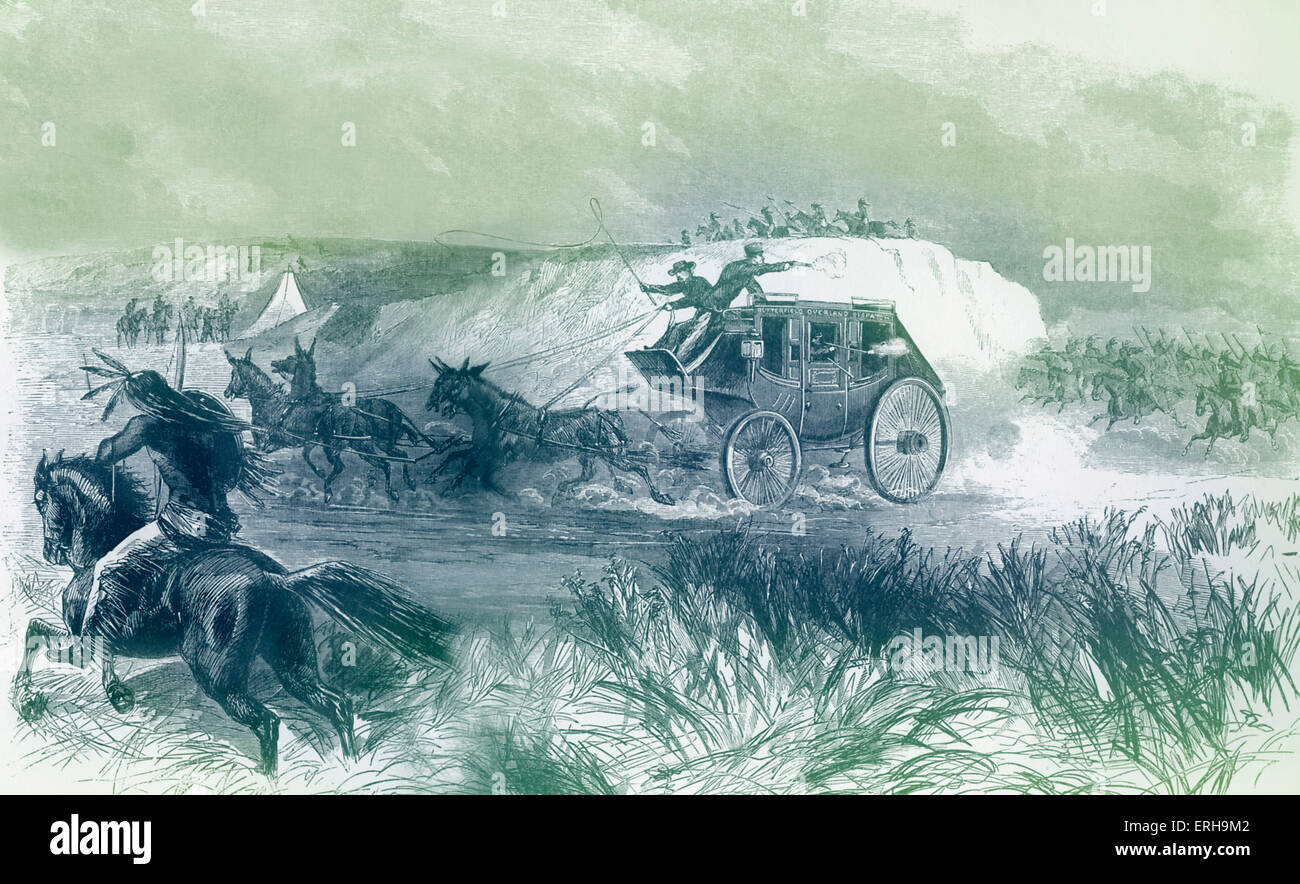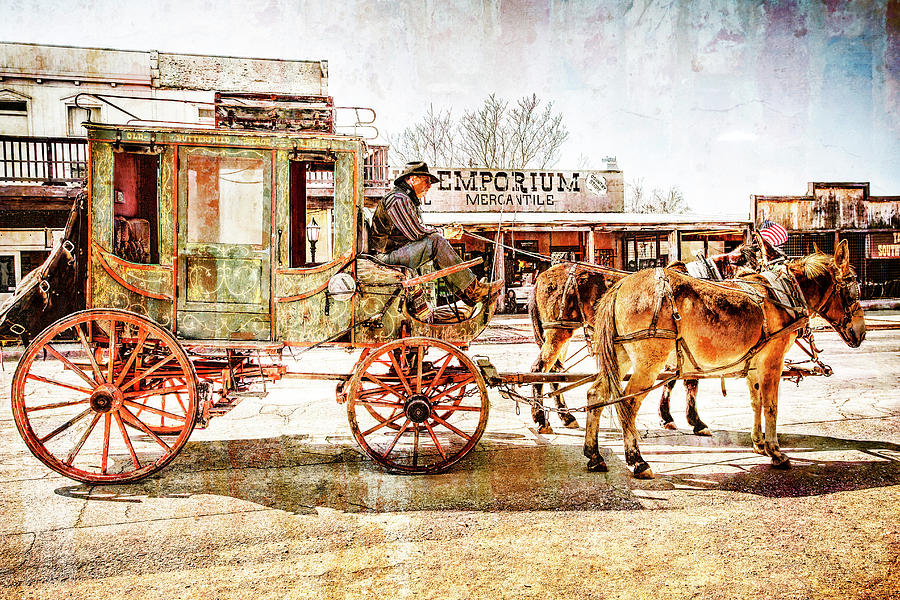
Dust to Dust: The Unceremonious Demise of the Overland Stagecoach
The image is etched into the American psyche: a magnificent Concord coach, wheels churning dust, pulled by a team of spirited horses, thundering across the vast, untamed American West. It evokes an era of adventure, peril, and the relentless push of civilization into the frontier. For decades, the overland stagecoach was the lifeblood of a burgeoning nation, connecting disparate settlements, carrying mail, gold, and hopeful pioneers across unforgiving landscapes. But like all technologies, its reign was finite. When the iron horse arrived, signaling the dawn of a new age, the stagecoach, once a symbol of progress, was relegated to obsolescence. The question then became: what do you do with hundreds, perhaps thousands, of these monumental vehicles when their purpose vanishes? The answer, for most, was an unceremonious journey from the King of the Road to the dust from which they sprang.
To understand the fate of the stagecoach, one must first appreciate its indispensable role. From the mid-19th century, particularly after the California Gold Rush, the demand for reliable transportation across the continent exploded. Companies like the Butterfield Overland Mail and Wells Fargo built vast networks, deploying thousands of coaches, countless horses, and an army of drivers, station masters, and blacksmiths. These coaches, especially the iconic Concord model, were marvels of engineering for their time. Built with heavy, seasoned timber, iron fittings, and leather thoroughbraces that provided a surprisingly comfortable (for the era) ride, they were designed for durability and punishing conditions. They facilitated communication, commerce, and westward expansion, effectively shrinking the vast distances of the American frontier.
A typical transcontinental journey by stagecoach was an arduous affair, often taking weeks, fraught with dangers from harsh weather, rough terrain, and occasional banditry. Yet, it was the fastest and often the only way for mail and passengers to traverse the continent before the railroads. The stagecoach was not merely a mode of transport; it was a mobile community, a shared crucible of experience that forged a unique American narrative.

The Inexorable March of the Iron Horse
The golden age of the stagecoach, however, was relatively brief. Even as its networks expanded, the seeds of its destruction were being sown in the East. The American Civil War briefly interrupted railroad expansion, but with the war’s end, the drive for a transcontinental railroad became an national imperative. The Pacific Railroad Act of 1862 set the stage, and by 1869, with the driving of the Golden Spike at Promontory Summit, Utah, the Union Pacific and Central Pacific railroads met, forever altering the landscape of American transportation.
The impact was immediate and devastating for the stagecoach industry. The railroad offered speeds, capacities, and levels of comfort that the stagecoach simply could not match. A journey that took weeks by stagecoach could now be completed in days by train. Freight costs plummeted, and passenger travel became safer and more reliable. "The clang of the rail spike," as one contemporary newspaper put it, "was the death knell for the coachman’s whip."
Major stagecoach operators, who had once boasted fleets of hundreds, if not thousands, of coaches, saw their lucrative mail contracts vanish almost overnight. Passenger numbers dwindled as travelers flocked to the more modern and efficient trains. For a time, stagecoaches found a niche feeding passengers to and from remote railheads, or servicing isolated mining towns and agricultural communities that the railroads had yet to reach. But even these routes were gradually encroached upon by railway spurs or, later, by the advent of the automobile.
The Economics of Obsolescence: Salvage and Scavenge
The question of "disposal" was, for most companies and individuals, a pragmatic one driven by economics. A stagecoach represented a significant capital investment. A new Concord coach could cost upwards of $1,000 in the mid-19th century – an astronomical sum at the time. When its primary revenue stream disappeared, it became a burden, not an asset.
The first step in disposal was almost always salvage. Every component of a stagecoach had potential resale value, even if diminished.
- Wheels and Axles: These were robust and well-made. Wheels could be repurposed for farm wagons, carts, or even as decorative elements. The iron axles, strong and durable, found new life in agricultural machinery or local blacksmithing projects.
- Leather: The seats, straps, and especially the heavy leather thoroughbraces (the suspension system) were made of high-quality, long-lasting leather. This could be stripped, repaired, and reused for harnesses, saddles, boots, or various other leather goods.
- Metal Fittings: Iron hardware – hinges, braces, steps, brake mechanisms – was melted down and recast or directly reused. Even the intricate brass fittings and decorative elements had value.
- Wood: The seasoned oak, ash, and hickory used in the coach body was valuable timber. Farmers, homesteaders, and local carpenters could dismantle the coaches for planks, beams, or firewood. The curved timbers of the undercarriage might find a new life as sled runners or other specialized wooden components.
- Springs: The steel springs, if present (some coaches used thoroughbraces, others springs), were highly sought after for various mechanical applications.

Companies like Wells Fargo, known for their meticulous record-keeping and business acumen, likely engaged in systematic dismantling. Their vast stables and repair shops would have been repurposed into salvage yards. Many coaches were simply parked in lots, awaiting their turn to be broken down, their valuable parts sold off to local businesses, farmers, and artisans. The remaining, less valuable components would then be left to the elements or used as fuel.
The Unceremonious End: Abandonment and Decay
Beyond the systematic salvage, a more common fate awaited many stagecoaches, particularly those belonging to smaller operators or those stranded in remote locations when their routes became uneconomical. This was the fate of abandonment.
Imagine a stage station, once bustling with activity, now silent save for the wind. The last coach arrives, discharges its few remaining passengers, and is simply left. There was no market for an entire, used coach in a remote area, and the cost of transporting it to a salvage yard might outweigh its remaining value. So, they were parked, often under the open sky, and left to the slow, relentless processes of nature.
The harsh conditions of the American West became their final resting place.
- Sun and Wind: The intense sun would bake and crack the paint, warp the wood, and rot the leather. The relentless wind would scour away layers of finish and hasten decomposition.
- Rain and Snow: Moisture would seep into the joints, causing wood to swell and then shrink, leading to structural failure. Rust would consume the iron fittings, turning once-strong braces into brittle, flaky relics.
- Insects and Animals: Termites, wood-boring beetles, and other insects would feast on the exposed timber. Animals might nest inside the decaying coach, further contributing to its disintegration.
Over years, sometimes decades, these abandoned coaches transformed from functional vehicles into ghostly skeletons. The wheels might collapse, the roof cave in, the leather rot away to dust. What remained were often just the heavy wooden frame and rusting iron, slowly sinking into the very earth they once traversed. These decaying relics became familiar sights along old stage roads, at abandoned mining camps, or near disused way stations – poignant monuments to a bygone era. They served as makeshift shelters for drifters, chicken coops for homesteaders, or simply faded into the landscape, reclaimed by sagebrush and tumbleweeds.
The Legacy of the Forgotten Stagecoach
While most stagecoaches met an inglorious end, a fortunate few escaped this fate. Some were acquired by wealthy collectors, others preserved by historical societies, and a handful found their way into museums. Wells Fargo, recognizing the iconic status of its coaches, intentionally preserved a number of them, which today are priceless artifacts. These preserved coaches offer a tangible link to the past, allowing future generations to marvel at their craftsmanship and imagine the journeys they once undertook.
Hollywood also played a significant role in romanticizing and preserving the image of the stagecoach. From John Ford’s "Stagecoach" to countless other Westerns, the stagecoach became an enduring cinematic symbol of the frontier, ensuring its place in popular culture even as its physical presence faded from the landscape. The coaches used in these films were often meticulously restored originals or faithful reproductions, bringing them back to life, albeit in a different capacity.
In conclusion, the disposal of the overland stagecoach was a multi-faceted process, dictated by the relentless march of technological progress and the unforgiving realities of frontier economics. From systematic salvage operations by large corporations to the gradual, environmental decay of abandoned vehicles in remote outposts, the end for most was far from glorious. Yet, in their disintegration, they left behind more than just rust and splintered wood. They left a powerful testament to human ingenuity, resilience, and the transient nature of even the most revolutionary technologies. Today, whether meticulously restored in a museum or slowly returning to dust on a forgotten trail, the overland stagecoach remains a potent symbol of America’s westward expansion, a dusty, enduring echo of a time when the world moved at the pace of a horse’s gallop.


